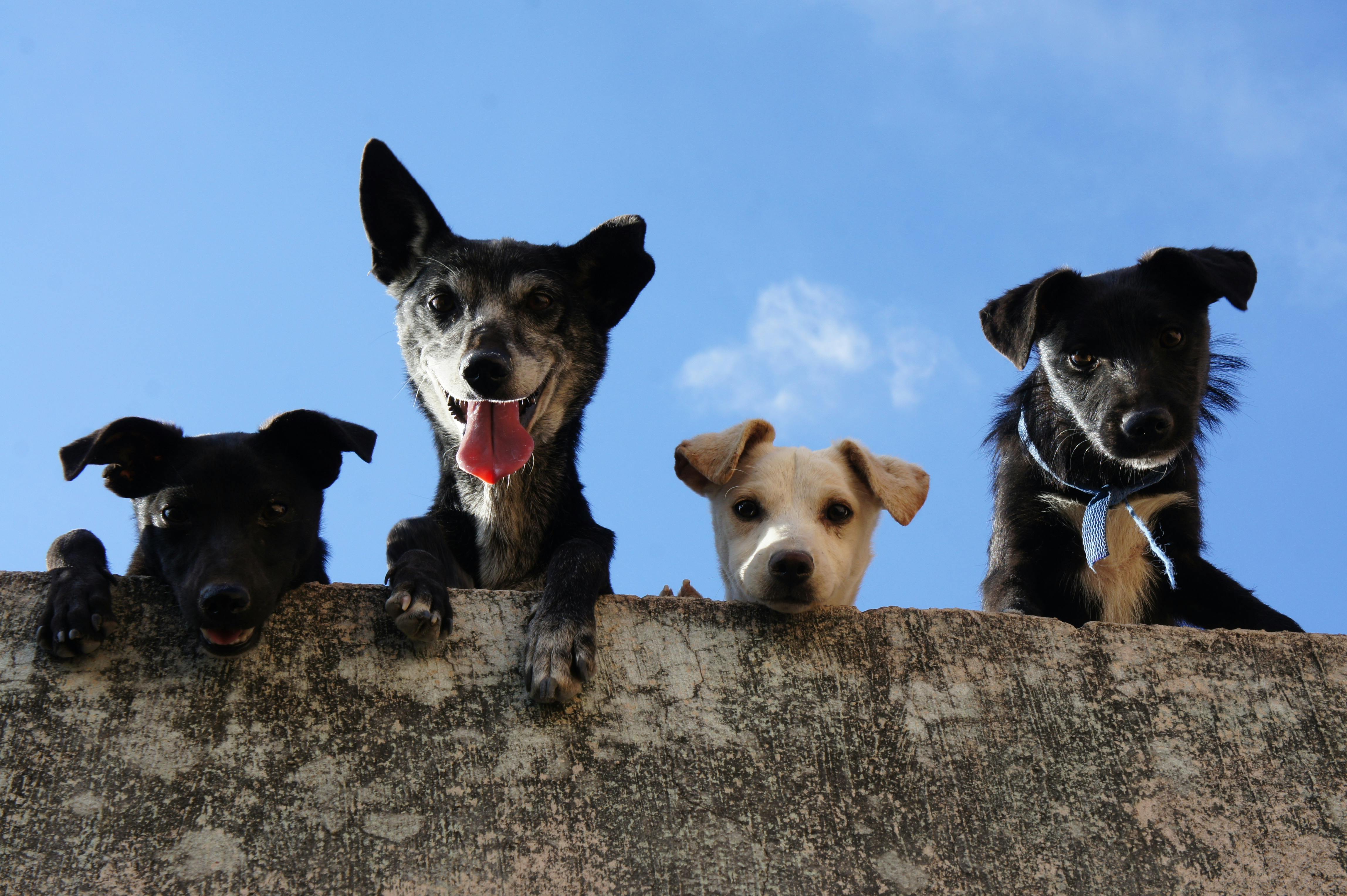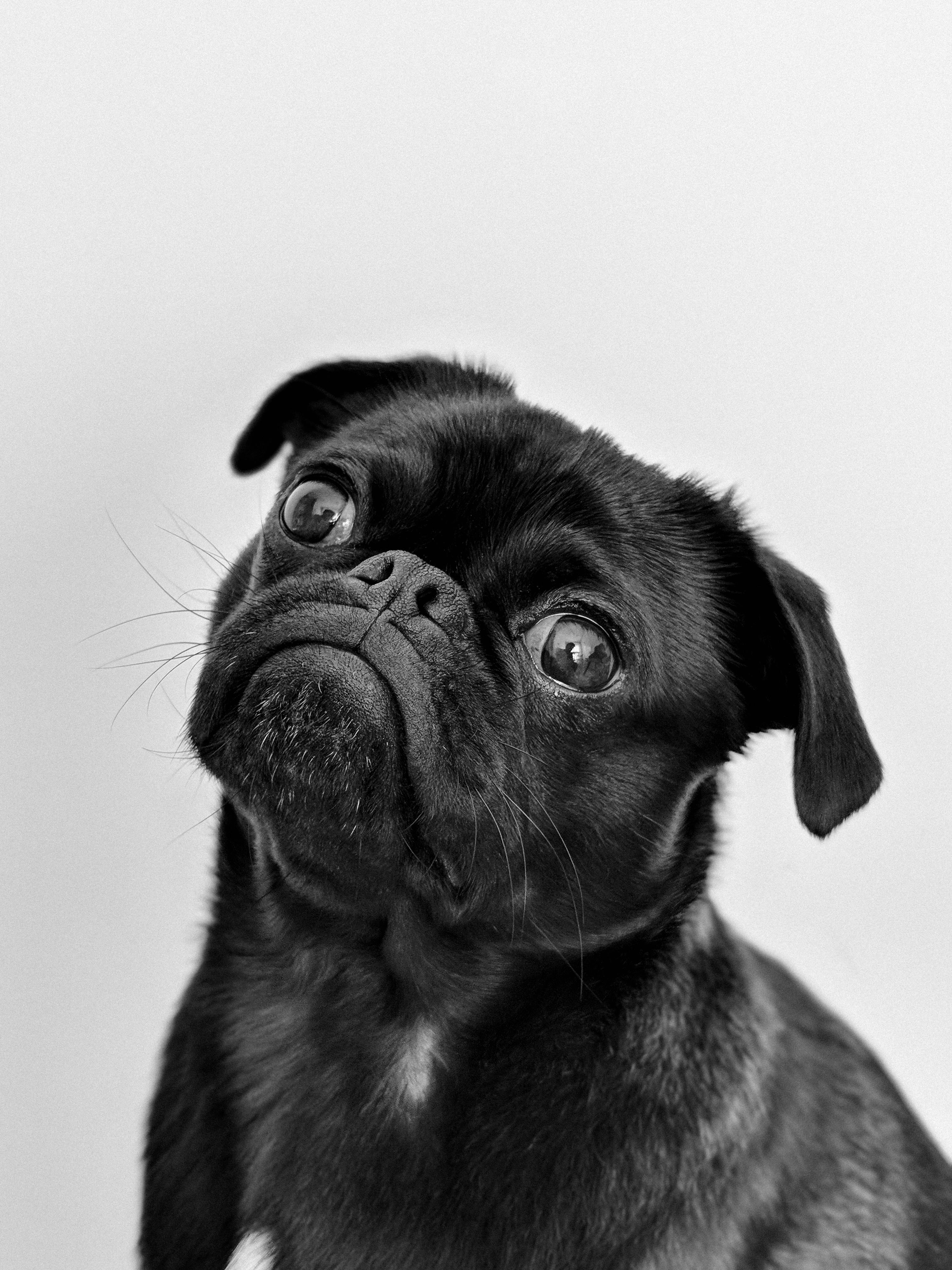How to Find a Dog Breed That Doesn’t Shed Much

Finding the Perfect Low-Shedding Dog Breed for Your Home
For many prospective dog owners, shedding can be a significant concern, especially for those with allergies or who prefer a neater home environment. If you're looking to add a furry friend to your family but want to minimize the amount of pet hair around your house, choosing a low-shedding dog breed can be a crucial step.
Understanding Dog Shedding
All dogs shed to some degree, which is a natural process to lose old or damaged hair. However, the amount and frequency of shedding vary significantly between breeds. Some dogs have fast-growing hair that sheds minimally, while others have a seasonal shedding pattern.
Benefits of Low-Shedding Dogs
There are several advantages to owning a low-shedding dog. Firstly, it reduces the amount of pet hair in your environment, which can be beneficial for cleanliness and allergy sufferers. Additionally, low-shedding dogs often require less grooming compared to high-shedding breeds, which can save time and reduce grooming expenses.
Popular Low-Shedding Dog Breeds
When it comes to low-shedding dogs, there are a variety of breeds to consider. Here are a few popular options:
- Poodle: Known for their intelligence and hypoallergenic coat, Poodles of all sizes (Standard, Miniature, and Toy) are excellent choices for families looking for a low-shedding dog.
- Bichon Frise: This small breed is friendly, playful, and has a curly coat that sheds very little.
- Shih Tzu: Originally bred for royalty in China, these dogs have long, beautiful coats that shed very minimally.
- Portuguese Water Dog: Made famous by their presence in the White House, these dogs have a waterproof coat that also sheds minimally.
How to Choose the Right Low-Shedding Dog
Choosing the right dog breed involves more than just considering the shedding aspect. It's essential to look at the breed's temperament, exercise needs, and health issues. Spend time meeting different breeds and talking to breeders or rescue centres to understand if a particular breed's characteristics align with your lifestyle.
It's also advisable to spend time with the breed if possible to ensure that you or your family members do not have allergic reactions. Even low-shedding dogs can produce dander and saliva, which are common allergens.
Adopting from Shelters
When looking for a low-shedding dog, don't overlook the option of adopting from a shelter. Many mixed breeds also exhibit low shedding traits, and you might find the perfect companion through adoption. Speak with shelter staff about your needs, and they can help match you with a suitable dog.
Caring for Your Low-Shedding Dog
Even low-shedding dogs require regular grooming to keep their coat in good condition and minimize any shedding that does occur. Establishing a regular grooming routine involving brushing and baths can help manage your dog's coat and reduce allergens. Always consult a professional groomer if you're unsure about the best grooming practices for your chosen breed.
Choosing a low-shedding dog can significantly enhance your experience as a pet owner by minimizing cleaning tasks and allergy concerns. By researching and selecting a breed that fits your lifestyle while considering shedding properties, you'll be well on your way to welcoming a delightful new family member.
